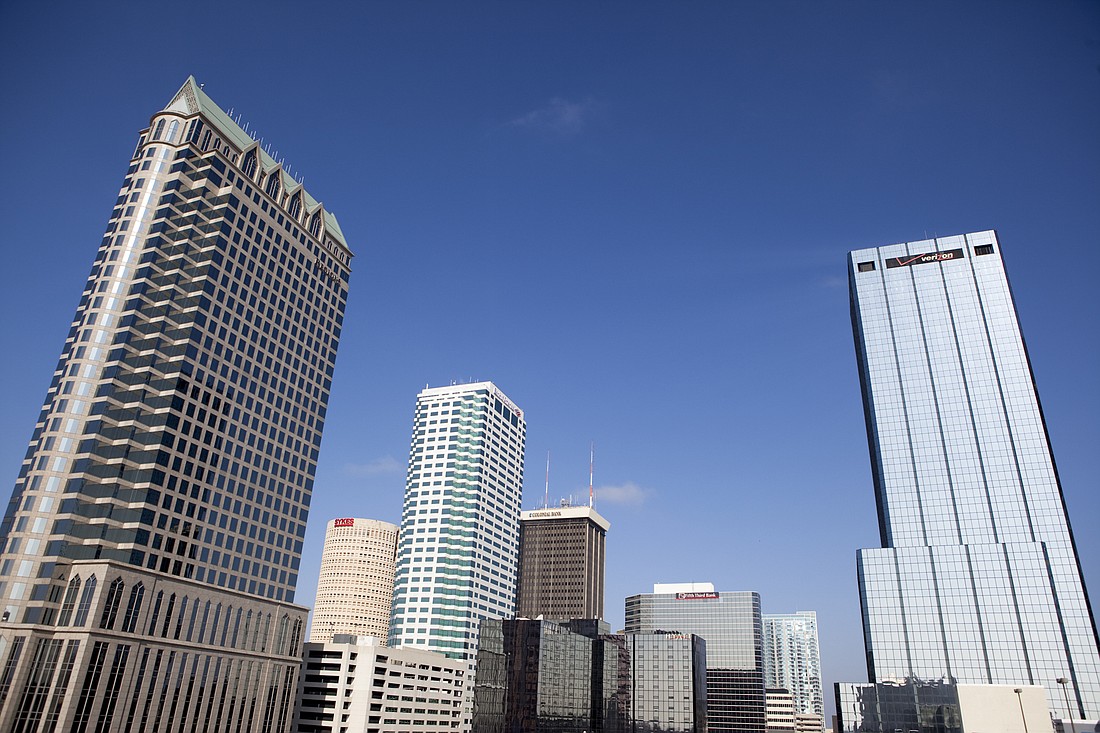- December 13, 2025
-
-
Loading

Loading

The head of commercial real estate brokerage firm Cushman & Wakefield believes the COVID-19 pandemic will double the number of people in the U.S. who permanently work remotely from home or other locations.
Cushman & Wakefield Chairman and CEO Brett White says the overwhelming majority of U.S. office workers, however, will eventually shift back into pre-COVID-19 routines in terms of occupancy.